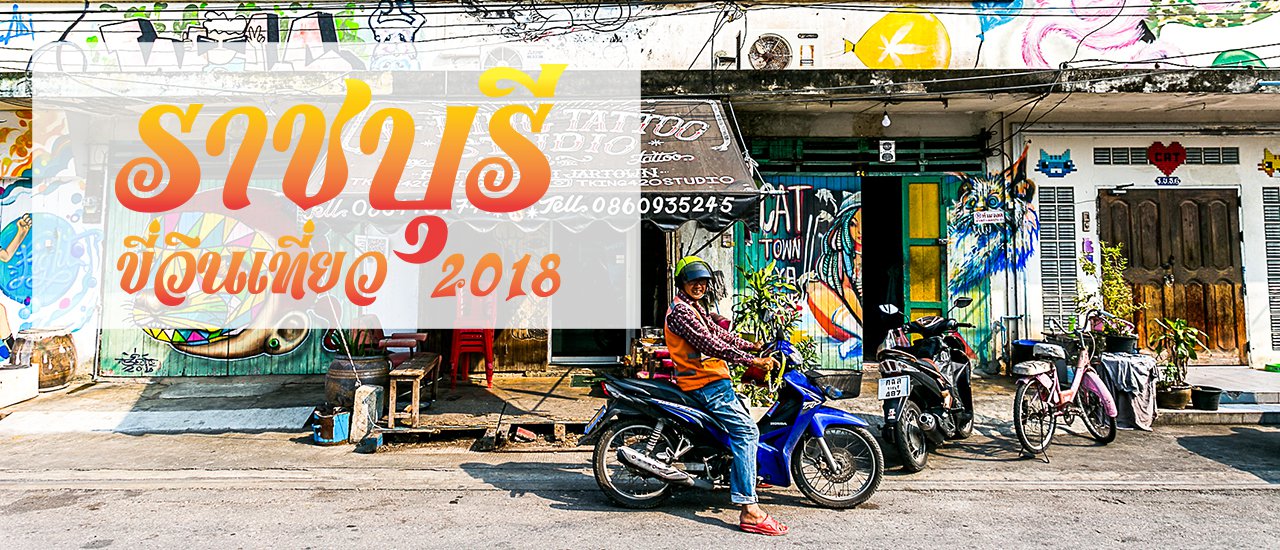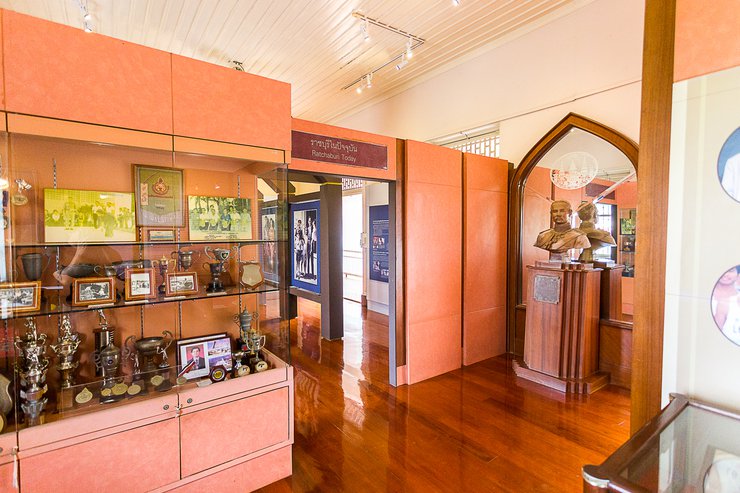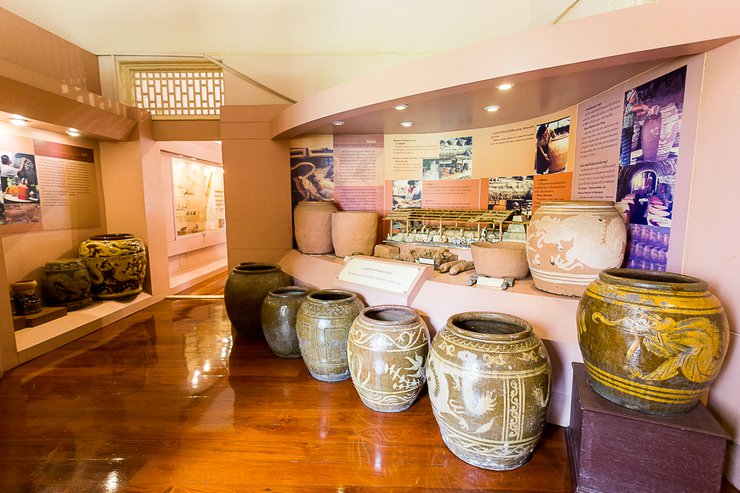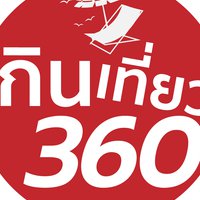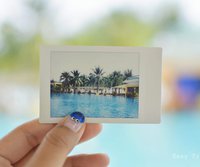Greetings to all.
Happy New Year 2018!
May you all be in good health, have abundant wealth, and find happiness.
My name is Yu. I travel frequently, but I have never shared my experiences before.
I'm excited to share this with you for the first time.
This year, I haven't traveled far. I'm looking for a nearby day trip to Ratchaburi. I'd like to explore the city of Ratchaburi, even though I've been here several times before and never ventured into the city itself.

Encounter the "Ratchaburi National Museum"

** **
The entrance fee is only 20 baht. The place is very clean. The staff are very friendly.

The interior showcases the history of Ratchaburi province and present-day Ratchaburi.

The provided text is an empty paragraph containing only a line break. As there is no actual content to translate, I cannot provide a translation in this instance.
Please provide a sentence or phrase that requires translation, and I will be happy to assist you.
The question "Why does Ratchaburi have good quality earthenware?" may seem trivial, but the answer reveals fascinating historical insights. According to local officials, high-quality water storage jars were traditionally imported from China, a logistically challenging and time-consuming process. To address this, the local community decided to produce their own earthenware, eliminating the reliance on imports and making these essential vessels readily available.
In the early days, earthenware jars were produced without any patterns and were known as "plain jars." Later, patterns were drawn using white clay from China. Subsequently, white clay substitutes were found in the provinces of Chanthaburi and Surat Thani. The patterns drawn on the jars were often dragon motifs, as dragons are considered auspicious and high-ranking creatures in Chinese beliefs. The beauty of these patterns inspired and sparked creativity in subsequent generations.

After finishing my first task, I walked until my legs were tired. Looking around, I saw that many of the buildings in the district were old. As someone who appreciates Old School vibes, I knew I couldn't walk any further. So, I decided to hail a motorcycle taxi. The driver was kind and we agreed on a price. I hopped on and enjoyed the ride.



Contrary to my initial expectations of a leisurely and relaxing experience, our journey involved navigating a labyrinth of narrow alleys. As we ventured deeper, our guide provided insightful historical context, illuminating the origins and significance of various landmarks. The immersive narrative, coupled with the tranquil ambiance, transformed this excursion into a unique and enriching adventure. The architectural design and overall atmosphere exuded a sense of casual serenity.

The day I went was a Saturday. The traffic was not heavy, but there may have been more people in the evening because there was a night market by the river near the front of the market.


Amidst the vintage ambiance of the old building, graffiti art adorns the walls, creating distinct zones. It turns out that this is a popular gathering spot for artistic and hipster individuals who come together to express their creativity. If you're interested in exploring and capturing the essence of this artistic hub, it's definitely worth a visit.


Coincidentally, I arrived at "Wat Suriya Wong", which is the land of Somdet Chao Phraya Borom Maha Sri Suriyawong (Chuang Bunnag), an important figure in the university I graduated from. -/\-

Before parting ways with my friend, he wanted to let everyone know that if they were interested in experiencing the same kind of breeze, they could do so. The motorcycle taxi drivers in the area are all friendly, but you may need to negotiate the price of the ride. The price may vary from person to person.
For today, I would like to end my short and simple travel review here. Next time, I will try to find interesting topics, whether far or near, but beautiful and good, to share with you.
Thank you for reaching out.
You're welcome.
Jirakom Bunjaruswong
Monday, November 11, 2024 9:53 AM

